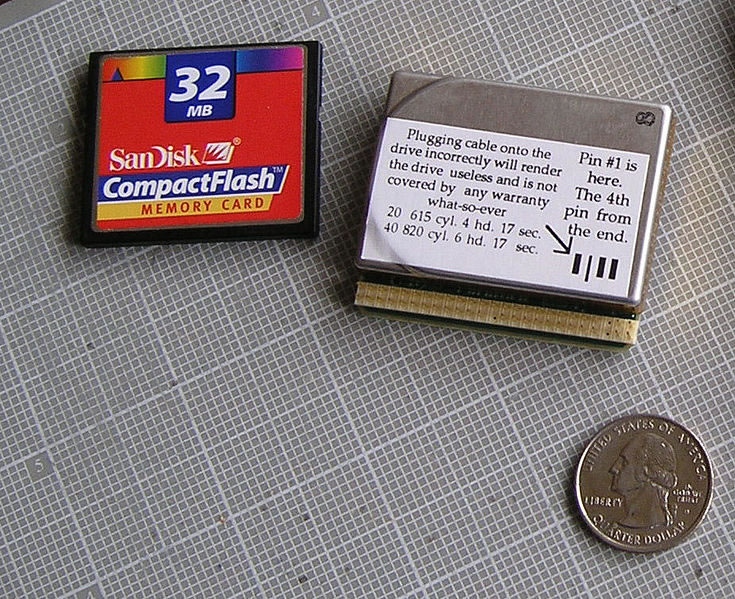
On this page:
Innovation Ecosystem
Read
- Match Your Innovation Strategy to Your Innovation Ecosystem (HBS course materials)
- Breakeven Analysis
- HP: The Flight of the Kittyhawk (A) (HBS course materials)
Case Summary
Hewlett-Packard decided that, to grow more rapidly, it needed to design a revolutionary disk drive product that would create an entirely new market or application for magnetic recording technology. The company followed most of the "rules" good managers follow in such situations: heavyweight project team, lots of senior management support, etc. But it still failed.
Discussion Questions
- Was HP trying to create a new disk drive or a new market? What was the driving force behind the formation of the Kittyhawk team?
- How would you describe HP's culture and its relation to the culture of the Kittyhawk team? How did HP's culture influence the project approval process?
- What are the potential markets for the Kittyhawk, and what are the innovation ecosystems surrounding each one? What are the risks?
- Compare the "project parameters" on p.5, the "key objectives", on p.6, and the Kittyhawk team's actions.
- What is the breakeven volume HP must sell to recover its costs by year three? Use data from p.5 ("project parameters")? Is this BEV reasonable?
- Why has the Kittyhawk not met its targets? What recommendation would you make to Spanner at the upcoming monthly review meeting at the end of the case?
- How have design processes changed since the time of the Kittyhawk project? How might the project have unfolded with a more modern design thinking approach? What would have changed, and what might have stayed the same?

